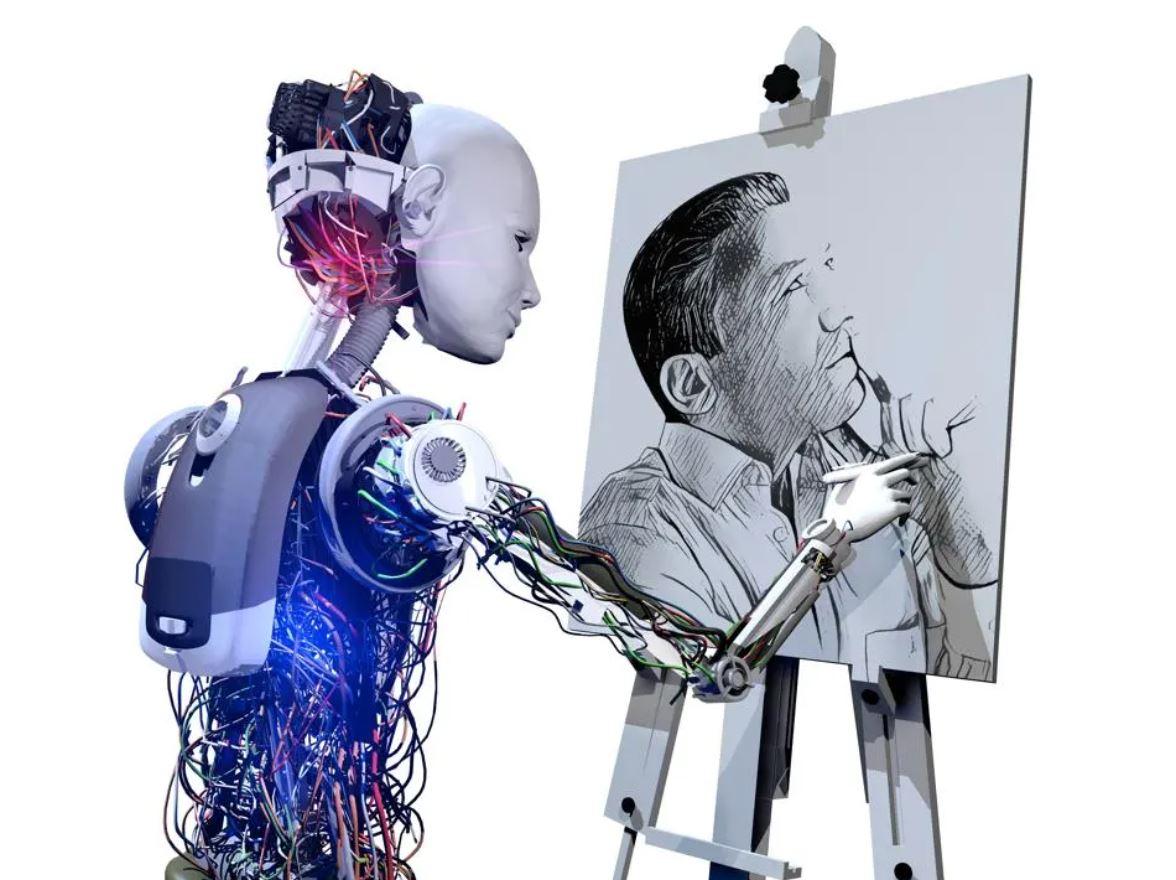 Navigating the crossroads of technology and creativity is a journey many artists find themselves on today. As someone who bridges the worlds of technology and art, I’ve faced the challenges of generative AI not from afar, but right in my studio, surrounded by my paints, clay, and thoughts. This space, where I delve into identity through form and texture, has become a place to question what creativity means when machines can mimic imagination but lack true expression.
Navigating the crossroads of technology and creativity is a journey many artists find themselves on today. As someone who bridges the worlds of technology and art, I’ve faced the challenges of generative AI not from afar, but right in my studio, surrounded by my paints, clay, and thoughts. This space, where I delve into identity through form and texture, has become a place to question what creativity means when machines can mimic imagination but lack true expression.
Initially, I found it intimidating to share my struggles. I wondered about my identity as an artist when a machine could churn out complete works in seconds. The slow, messy, and tactile process that defined my art felt under threat. But then, a deep conversation with fellow artists revealed a shared sense of uncertainty. It also highlighted the importance of engaging with these changes rather than avoiding them. These discussions made it clear that today’s artistic journey involves confronting AI and understanding its role in our creative processes.
Over the past months, as I worked on art exploring identity through different mediums, AI became an unexpected collaborator. It brought fresh perspectives and sparked new ideas. Yet, it also challenged my motivation—why create when AI can do it so effortlessly? The output was beautiful, but it wasn’t mine, leading me to question my contribution. It was during a supportive exchange with other artists that I realized these creations were still rooted in my ideas and experiences. This realization grounded me, emphasizing that engaging with AI is now integral to artistry.
The evolution of AI is inevitable, but what’s crucial is holding onto our unique voices. Our creations still derive meaning from our stories, obsessions, and limitations. AI can suggest and iterate, but it cannot imbue meaning—that remains the artist’s domain. In practice, AI serves as a reflection of possibilities, not solutions. As I experimented, feeding the AI prompts based on personal symbols, the results were varied but incomplete. The realization that I am the filter, making choices that define authorship, resonated deeply.
This concept mirrors historical artistic practices where the vision remained with the master, despite external contributions. This understanding transcends traditional art forms. Whether in branding, product design, or casual sketches, creators face a universal challenge: defining originality in a world of machine generation. I believe AI can mimic beauty and scale ideas, but it cannot determine significance or choose a path. These choices belong to us, forming the core of creativity.
For those navigating this new landscape, uncertainty is a shared experience. There’s no need for a detailed AI policy or to justify mixed emotions about its impact. The key is maintaining dialogue with yourself, your tools, and the creative process. As I continue to explore, make mistakes, and discover surprises, I trust that my voice, however unique or slow, remains valuable. The machine can output, but only we can decide what’s worth keeping. The machine can predict, but only we can bring genuine surprise. Ultimately, we are the filter.








